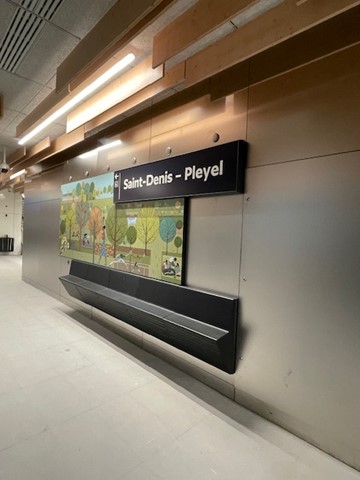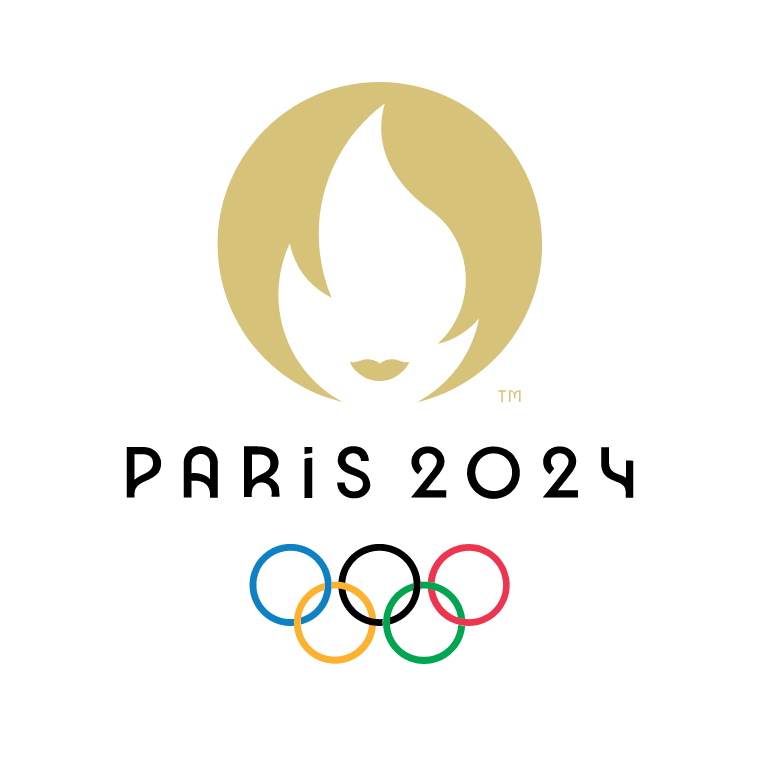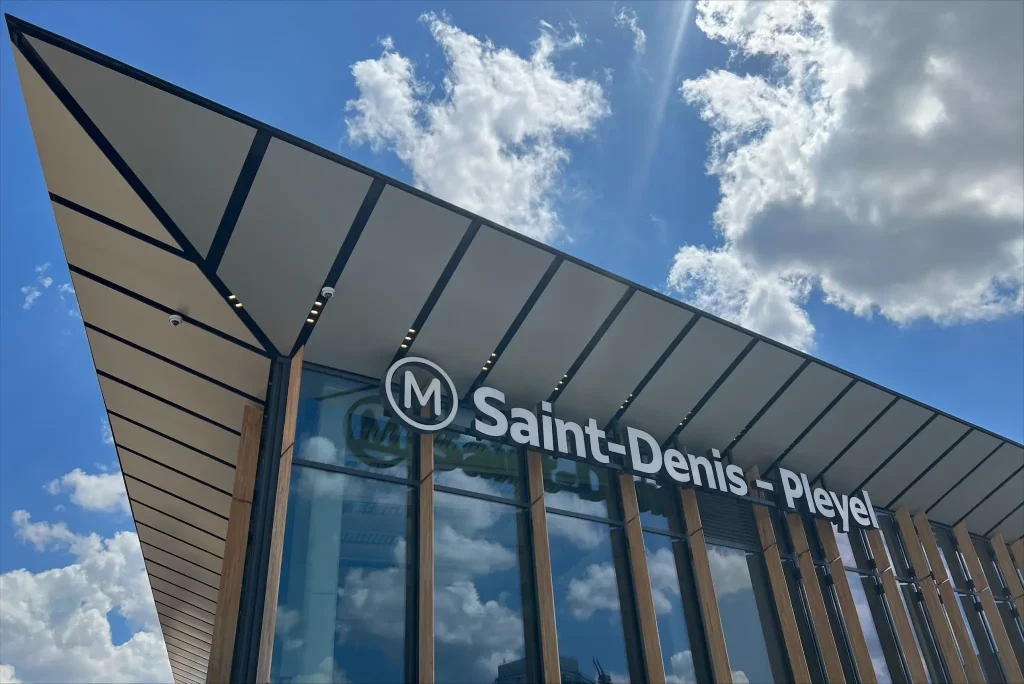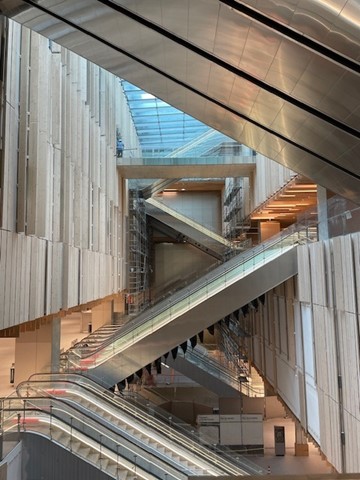Trends
Trends
JUL
24
2024
DAS & Small Cells
Cellnex takes the metro to the Paris 2024 Olympic Games to guarantee coverage
Connectivity and efficient communication are fundamental for the success of any major international event, and the Paris 2024 Olympic Games will be no exception. The city has committed to the sustainability of the games by focusing much of its investment on transport infrastructure to ensure that 100% of the sports venues will be accessible by public transport and 80% will be located within a 10-kilometre radius of the Olympic village.
The Grand Paris Express, planned long before the Games, is the largest infrastructure project in Europe and involves building 200 km of metro lines and 68 new stations. Although the project will not be completed until six years after the games have ended, some key stations have already been opened to facilitate passenger flows.
It is precisely on strategic lines 16 and 17 of the Grand Paris Express -which includes the strategic Saint-Denis Pleyel station, where the Olympic Stadium is located- that Cellnex has been selected to provide vital mobile coverage.
“The Indoor coverage deployment of Grand Paris Express metro lines 16/17 is an important milestone in Cellnex’s history in France”, says Thomas Bertrand, CEO of Cellnex France. “It is also a demonstration of the company’s strong and ongoing commitment to such a key market in our development strategy, where since 2016 we have committed investments of more than €11 billion, to become the largest digital infrastructure platform with both Fiber and Mobile, ensuring greater and optimal connectivity for everyone, everywhere.”
The Saint-Denis – Pleyel station, which has just opened to the public, will be a crucial node of the Parisian transport system, connecting with lines 14, 15, 16 and 17. Integrating a multi-operator 3G, 4G and 5G mobile coverage system will allow users to stay connected, facilitating mobility and communication in one of the year’s most important events.

Official projections estimate that the games -in which 15,000 athletes compete in 329 sporting events- will attract more than 11 million visitors to the city between the opening ceremony on 26 July and the closing ceremony on 11 August.
This represents a logistical and communication challenge that will test the ability to guarantee robust and reliable mobile coverage. Cellnex has placed its expertise at the service of the city to overcome that challenge, ensuring that overcrowding does not compromise the quality of user experience. Improvements in connectivity will allow attendees to share their experiences in real time, access critical information and stay in touch with their communities, regardless of crowd density.
In accordance with the experience it has already proven in large sporting and musical events or high footfall environments, Cellnex has opted for the implementation of a distributed antenna system (DAS), which is an example of technical innovation.
This solution allows signals from multiple operators to be transmitted efficiently, while reducing space and energy requirements in a high-traffic context. To date, the availability of mobile signals has already been secured for operators such as Bouygues Télécom, SFR and Free Mobile, and it is expected that more operators will be brought on board in the near future.
Although the immediate focus of Cellnex’s work is to ensure uninterrupted communication during the Olympic Games, the infrastructures deployed will offer lasting benefits for the citizens of Paris and its surrounding areas. Improved connectivity capacity will contribute to a better quality of life, facilitating access to digital services, social networks and mobile work environments.



















